CS202 Assignment 4: Group Theory, Modular Arithmetic, and QFT Analysis
VerifiedAdded on 2022/09/18
|7
|818
|29
Homework Assignment
AI Summary
This document presents solutions to Assignment 4 for the CS202 course, focusing on theoretical computer science concepts. The assignment covers several key areas, including group theory, modular arithmetic, and quantum computing. Problem 1 explores the multiplication table of G11, identifies generators for the group and its subgroups. Problem 2 requires constructing a multiplication table for G24 and determining the inverses of each element. Problem 3 delves into the Euclidean Algorithm and Bezout's Lemma, calculating modular inverses and solving linear Diophantine equations. Finally, Problem 4 addresses RSA encryption, including computing N, φ(N), and the decryption exponent, as well as the decryption of a ciphertext. Problem 5 provides a QFT operator defined to act as a single qubit states.
1 out of 7
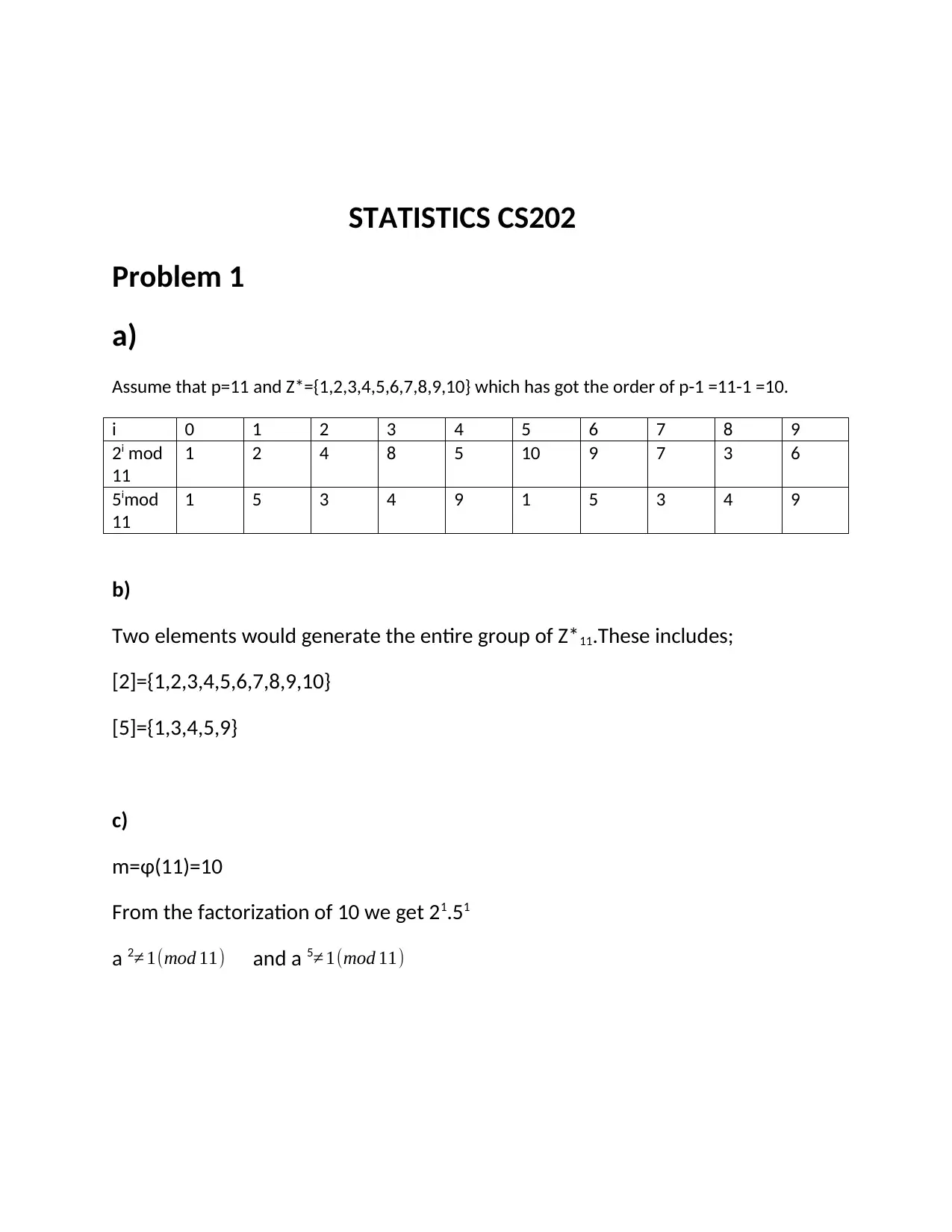
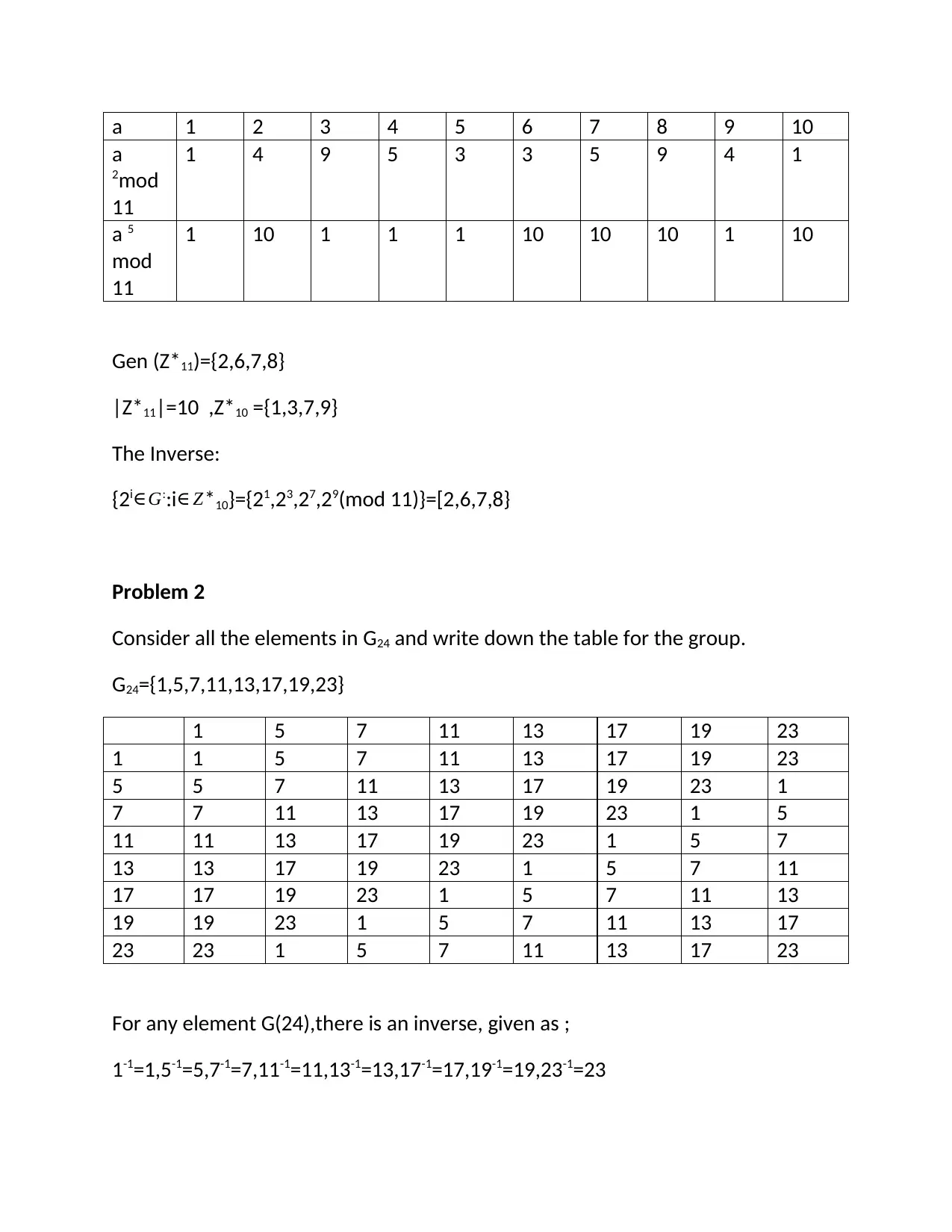
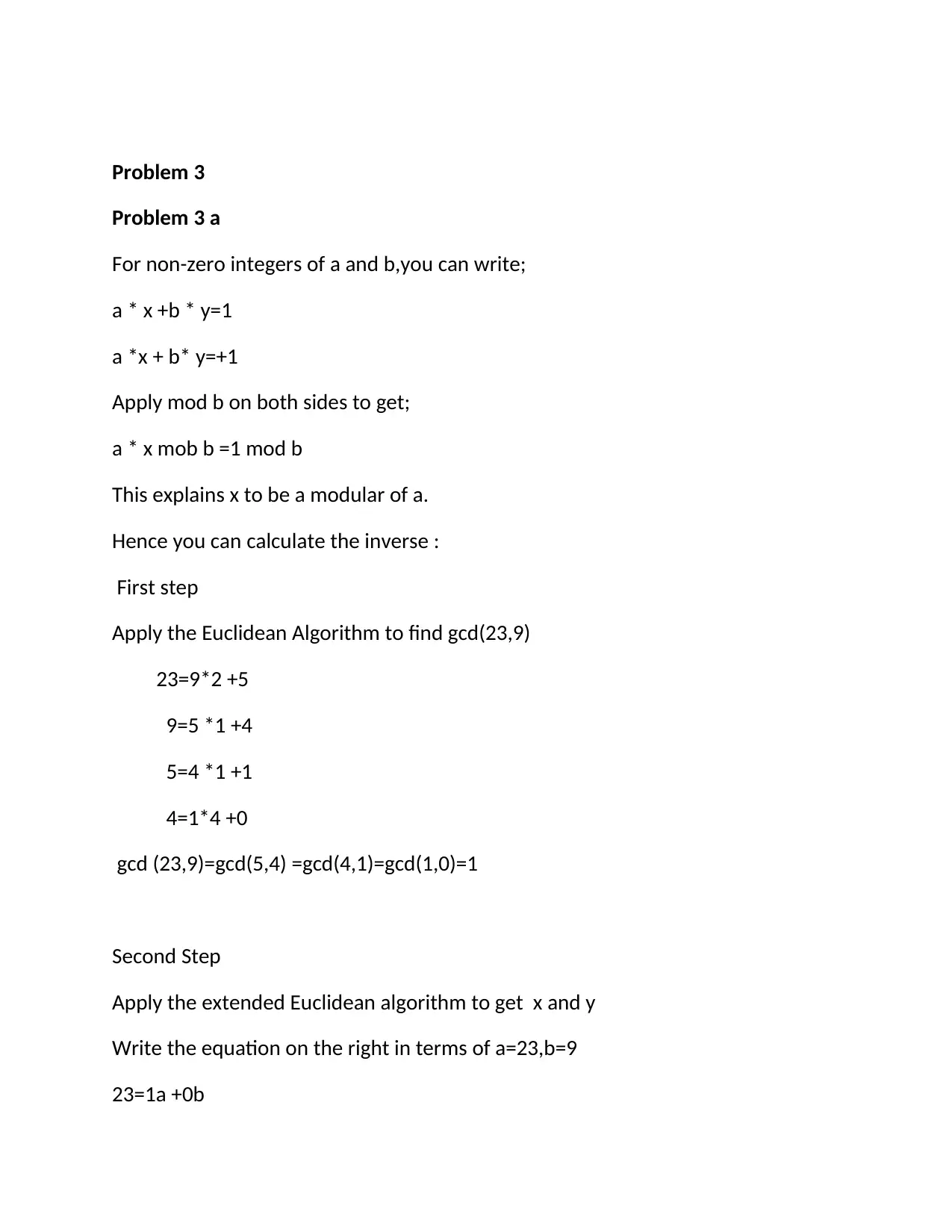

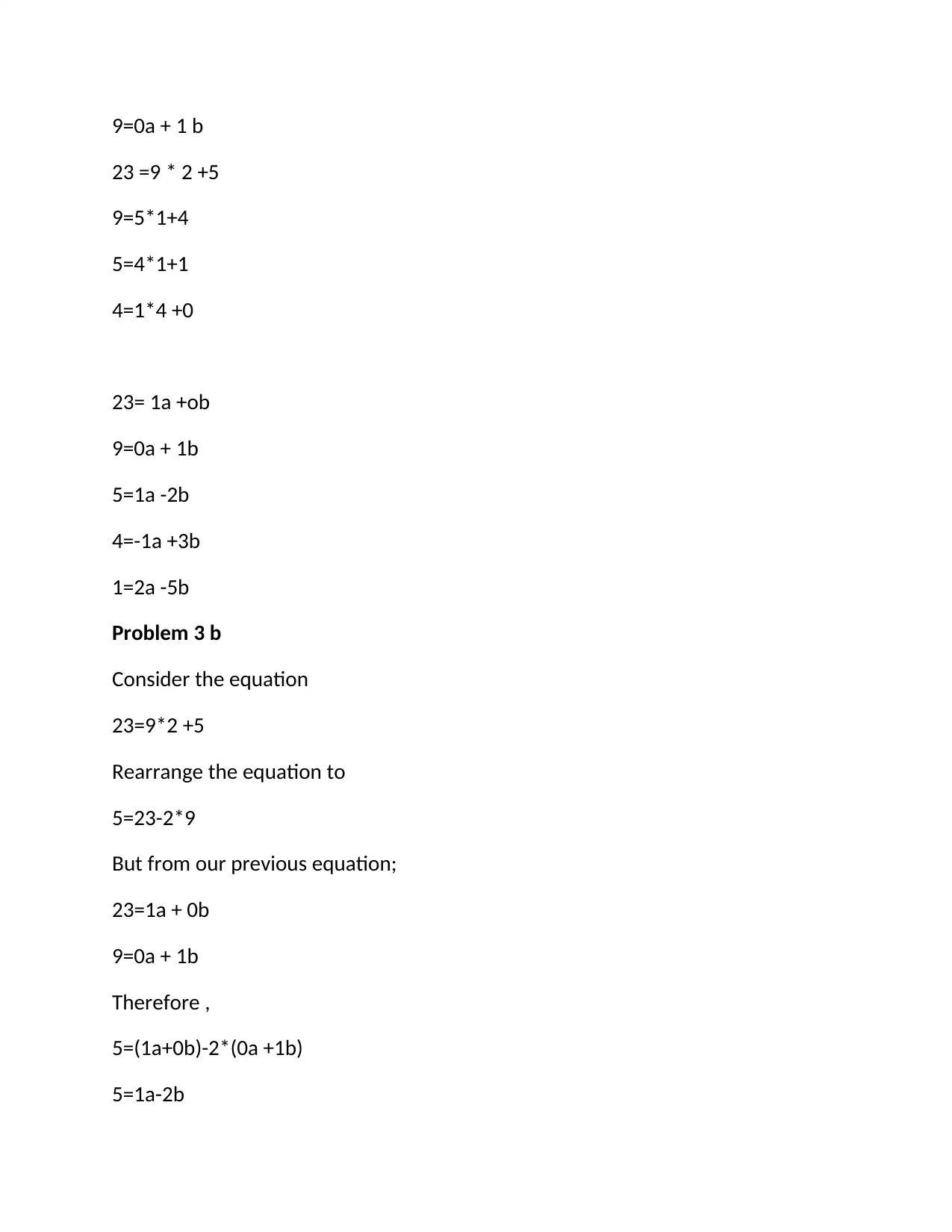
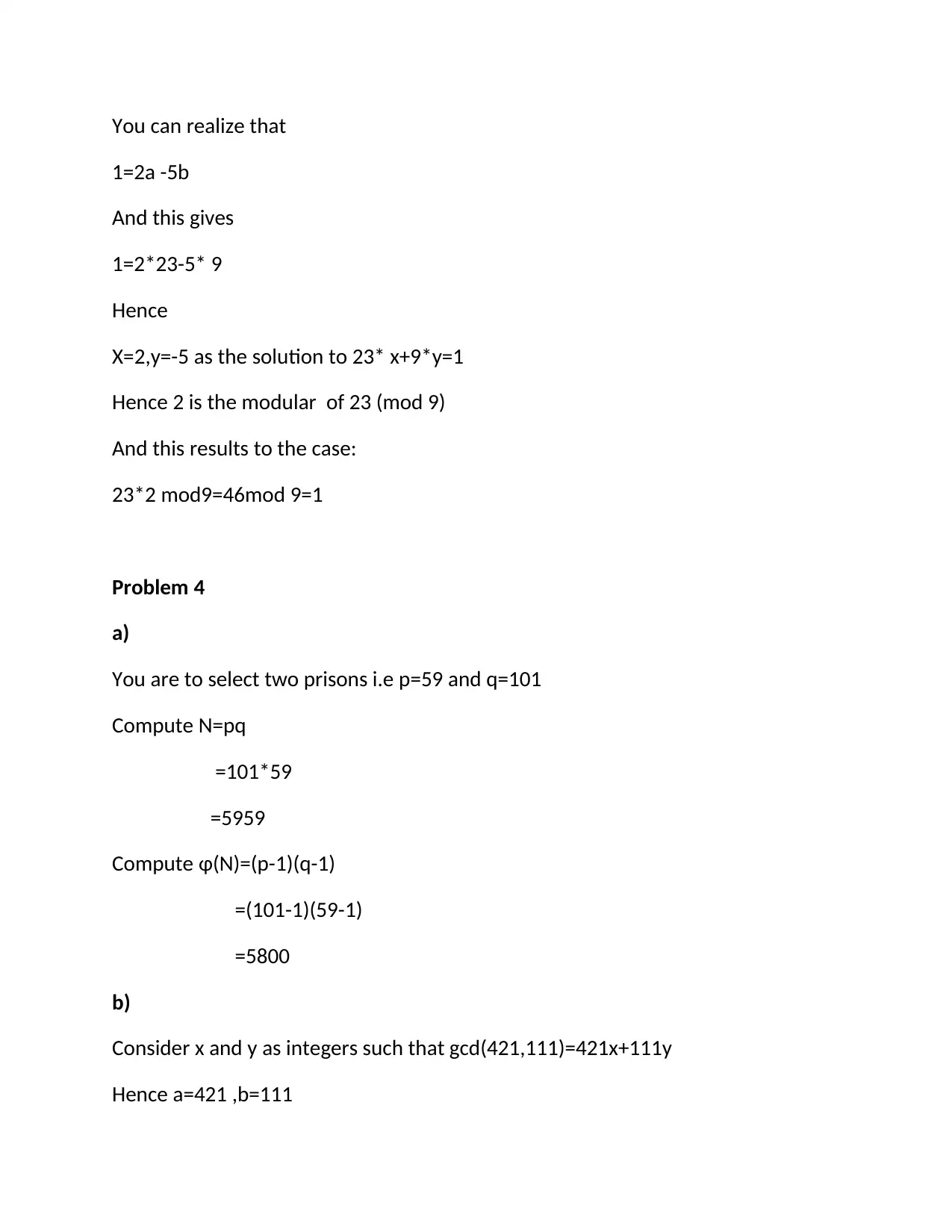
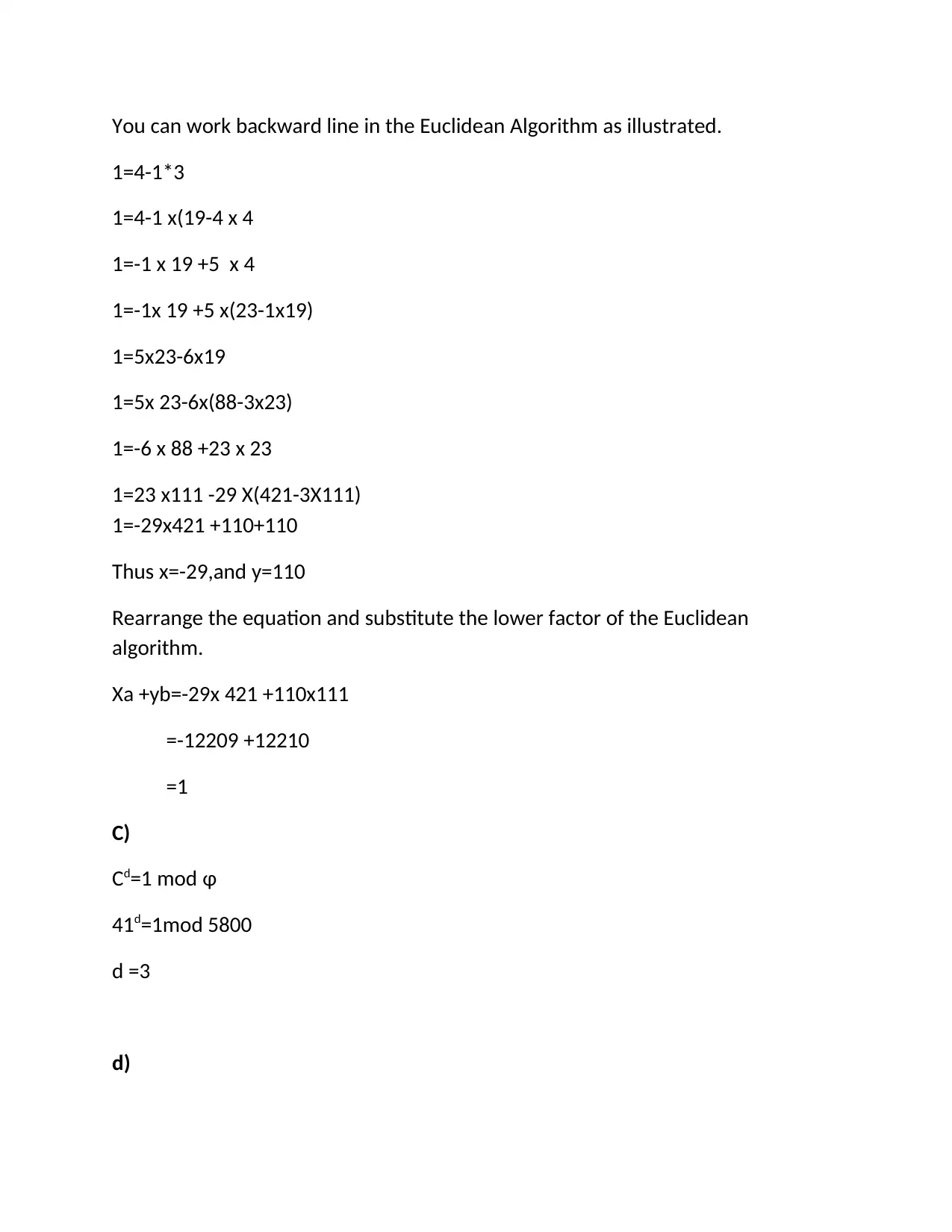
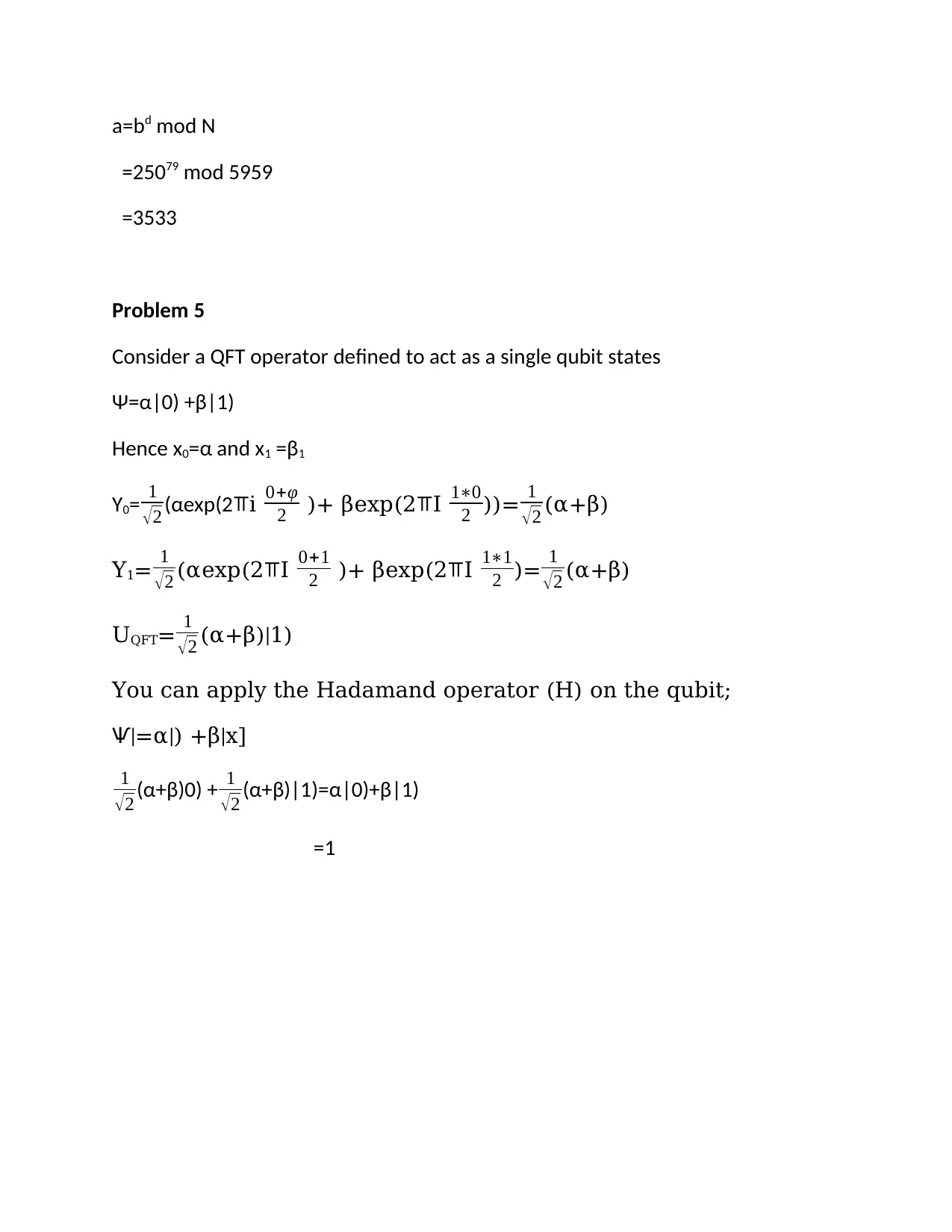





![[object Object]](/_next/static/media/star-bottom.7253800d.svg)